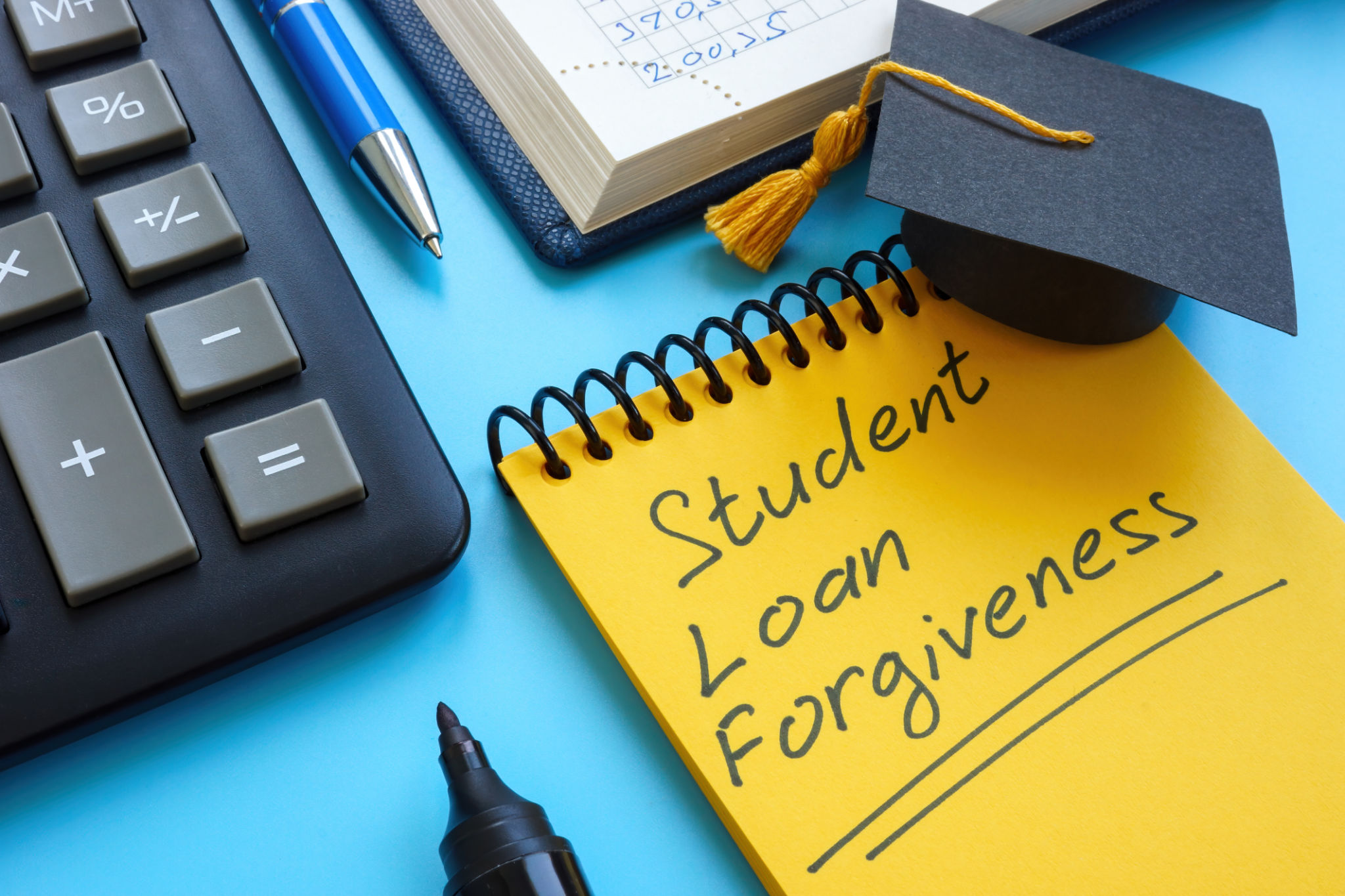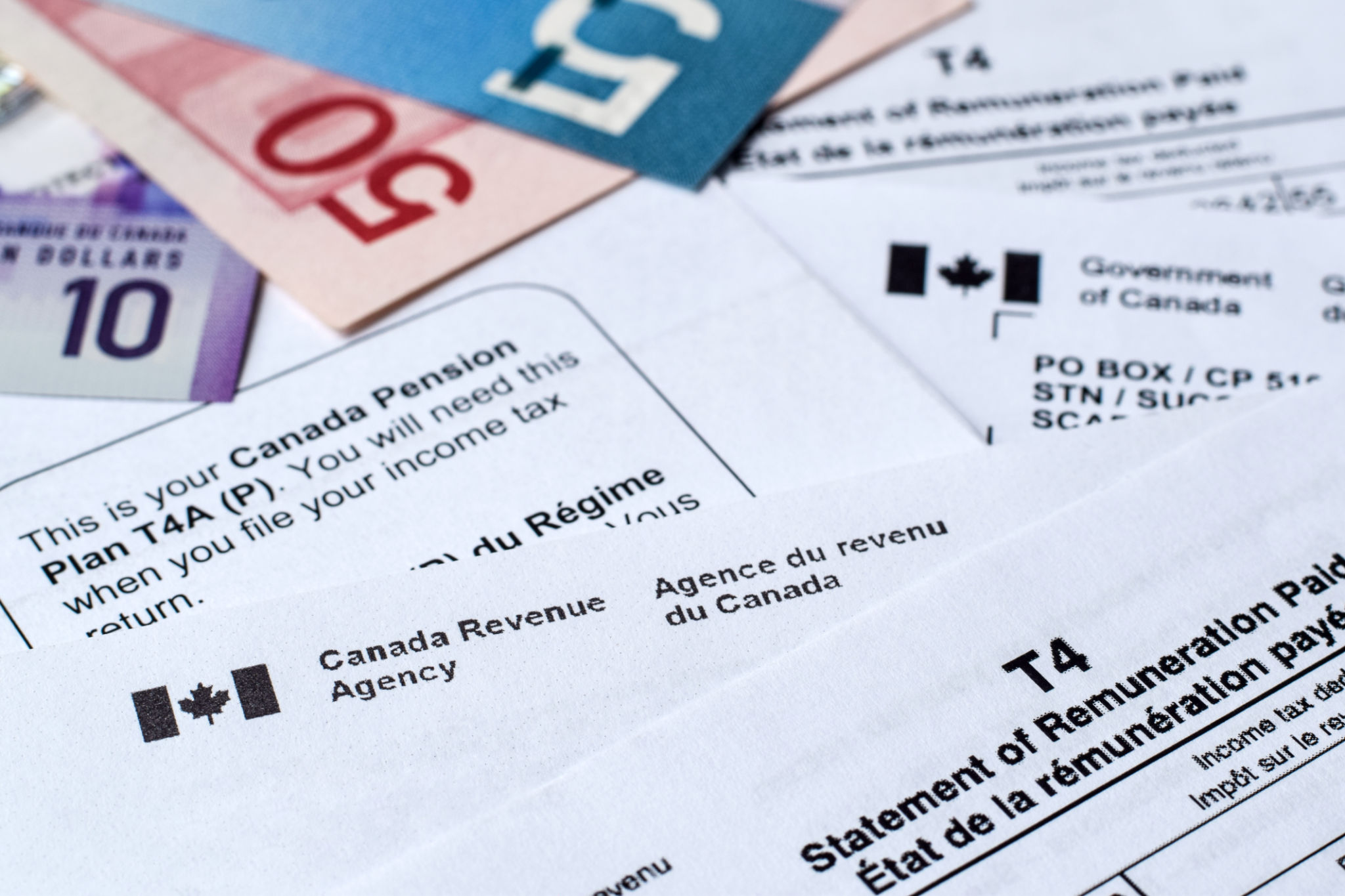Myth-Busting Common Misconceptions About Student Loan Forgiveness
Understanding Student Loan Forgiveness
Student loan forgiveness is a topic that often brings hope to many borrowers, but it's also surrounded by a cloud of myths and misconceptions. Understanding how loan forgiveness works is crucial for borrowers looking to alleviate their financial burdens. Here we debunk some common myths associated with student loan forgiveness.

Myth 1: All Student Loans Qualify for Forgiveness
A prevalent misconception is that all student loans are eligible for forgiveness. In reality, not all loans qualify. Typically, federal student loans are eligible for forgiveness programs, while private loans are not. Programs like Public Service Loan Forgiveness (PSLF) and Teacher Loan Forgiveness are specifically designed for certain federal loans.
It's essential to identify the type of loan you have and understand the specific eligibility requirements of each program. This information can usually be found on your loan servicer's website or through direct communication with them.
Myth 2: Forgiveness is Automatic After Meeting Requirements
Another widespread myth is that once you meet the eligibility criteria, student loan forgiveness is automatic. However, most forgiveness programs require borrowers to submit a formal application after meeting their respective requirements.
The application process can sometimes be complex, requiring documentation of employment, proof of income, or certification forms. It's vital to ensure all paperwork is completed accurately and submitted in a timely manner to avoid delays or rejections.

Myth 3: Forgiveness Happens Quickly
Many borrowers believe that student loan forgiveness is a quick process; however, this is far from the truth. Programs such as PSLF require 120 qualifying payments, which translates to ten years of consistent payments under a qualifying repayment plan.
Patience and diligence are necessary as borrowers must ensure that all payments are made on time and under the correct repayment plan to qualify for forgiveness. This long-term commitment is something borrowers should prepare for when considering student loan forgiveness options.
Myth 4: All Forgiven Amounts Are Tax-Free
A significant concern for many is whether forgiven amounts are considered taxable income. While some forgiveness programs offer tax-free benefits, not all do. For instance, under current tax laws, amounts forgiven under PSLF are tax-free; however, other types of loan discharge may not be.

It's crucial to consult with a tax professional or financial advisor to understand the tax implications specific to your situation and plan accordingly.
Conclusion
Navigating the complexities of student loan forgiveness requires a clear understanding of the facts and dispelling prevalent myths. By educating yourself on the specifics of your loans and the available forgiveness programs, you can make informed decisions that align with your financial goals.
Remember, always seek professional advice when in doubt and stay updated on any changes in legislation that may impact your eligibility for student loan forgiveness. With the right information and strategic planning, you can effectively manage your student debt.